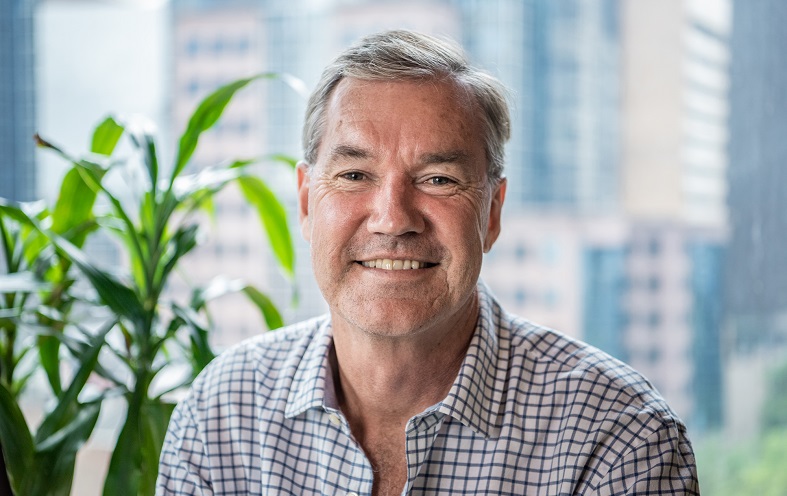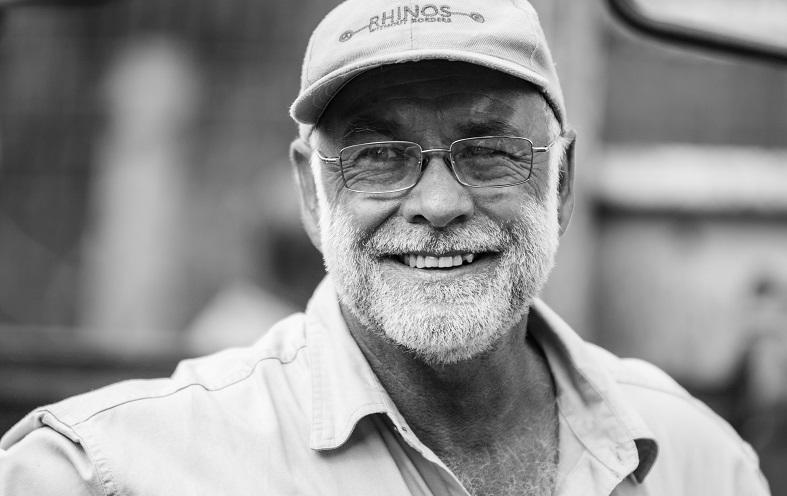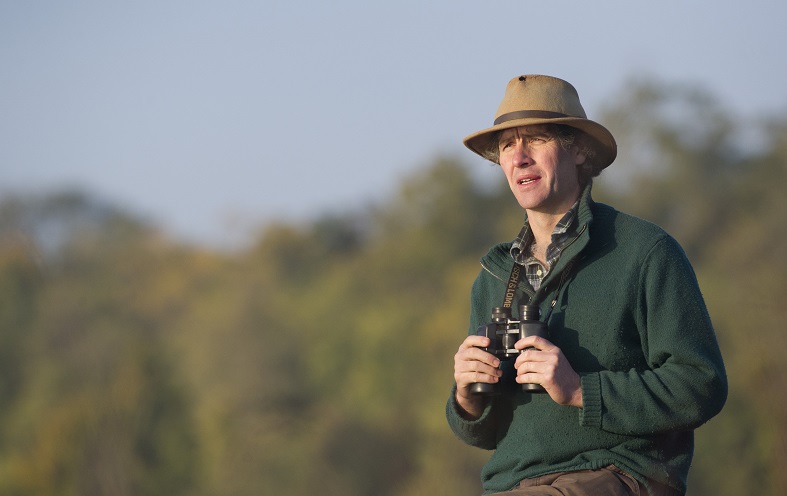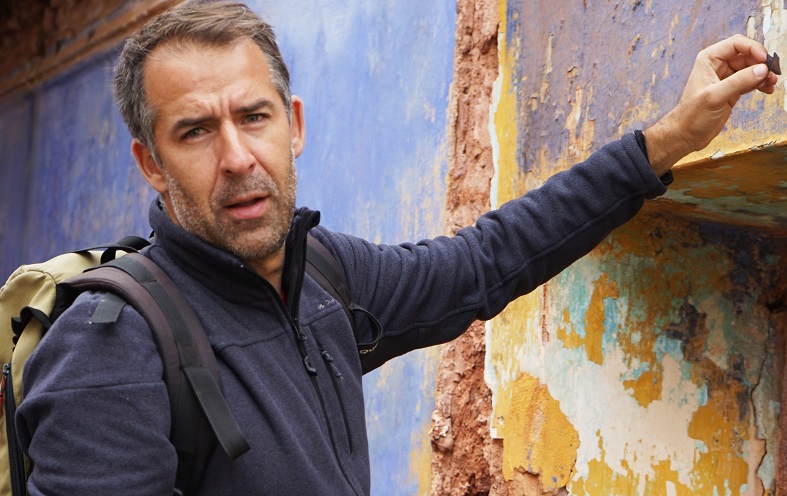How do you prevent people from moving away from rural areas? How to attract locals back to their homes, to preserve the charm of village life in rural areas?
Manisha Pande has dedicated more than a decade of her professional life to empower rural communities to lead a comfortable life in their native land. Through Village Ways, she and her team have helped establish village tourism enterprises in remote areas of India, Nepal, and Bhutan to provide locals with economic opportunities, to be able to sustain themselves financially and retain their life and heritage in villages.
In this interview, Manisha shares how Village Ways strives for gender equality by providing equal opportunities to everybody, and how they market their homestays and trips, to boost the concept of sustainable tourism.
Manisha, with a degree in English Literature, Fashion and Textile Designing – what motivated you to create a tourism initiative like Village Ways that benefits rural communities?
The main reason for us to get together as a team and to start a community tourism initiative was to assist village communities living inside a protected area in the Binsar Wildlife Sanctuary of the Northern Indian state of Uttarakhand. These villages were under serious threat of out-migration, due to a lack of livelihood opportunities.
Tourism brought the much-needed income stream into these villages, led to a revival of local culture and traditions and a sense of pride in the communities about their surroundings. This was the starting point and paved the way for working in other villages and regions.
Village Tourism Enterprises helps set up small guesthouses in remote rural regions of India, Nepal, and Ethiopia. How do you market these guesthouses to attract travelers?
We market these enterprises directly through our own travel company, Village Ways Travels, which is based in India, and also through other like-minded partners who understand the ethos of our trips.
We create attractive and interesting itineraries, usually combining various guesthouses into one great holiday. In the Himalayas, we specialize in wonderful walking trips, where guests hike from village to village, accompanied by local guides. In the south, the focus is on relaxed exploration and discovery of local life.
Our guests don’t just visit these villages as visitors: they become a part of the whole concept. The guests always say they are privileged to be able to interact with the local communities, understand their way of life while enjoying some of the most beautiful and serene locations.
Apart from the economic gains that the locals make with their involvement in rural tourism, what are some of the social benefits to these communities?
Our partner communities form strong village committees. Those are often the first time these villages have had a body to represent their interests. Village committees liaise with neighboring communities, which increases social reach and brings friendships and shared learnings.
We also ensure that everyone involved in tourism has the benefit of language classes and other training, to increase self-confidence and self-esteem. Community members become proud of their villages, and we have seen a decrease in littering, and a new respect for the landscapes and nature.
Mobilizing funds is a common challenge in community tourism initiatives. How do you collaborate with investors who wish to support responsible tourism?
With over 10 years of experience now, we have a good track record in delivering sustainable tourism projects. We started the project with self-raised funding and then created an enterprise concept where profits were reinvested in new projects, which were developed in India.
When we started expanding to other regions/countries, Village Ways Partnership was set up to collaborate with funding bodies who support the local communities of rural areas to develop responsible tourism practices.
Since then we have worked in partnership with government agencies, such as forestry departments and state tourism authorities, as well as non-governmental agencies, such as wildlife charities. This aspect of our work is incredibly important for being able to deliver well-funded and sustainable guesthouses and to assist more villages that are in need of an additional source of livelihood.
How does Village Ways ensure equal representation between both genders when it comes to earning through tourism?
We are passionate advocates of gender equality and indeed of all kinds of equality. We work in some traditional, socially conservative areas, and we work closely and sympathetically to encourage equality.
We find that making sure women are represented at the committee level is key, as this empowers women and gives them a role in the decision-making process. We have also encouraged some of the first female guides to be trained in the Himalayan regions of India.
Has your view on tourism and sustainability changed since founding Village Ways?
Sustainability is the essence of what we offer. The whole reason for setting up Village Ways in the first place was to help sustain village life in areas that were being depopulated. We wanted to find a way to provide a further income stream and job opportunities that could run alongside existing livelihoods.
To some extent, I see sustainability as the only way to conduct a tourism business such as ours. Our entire ethos is about sustainable tourism, really from the bottom to the top of the business.
Sustainability does not relate to economy alone, but is also about creating positive impact through tourism regarding social, traditional and environmental aspects.
What challenges do you foresee for the future of sustainable travel, with respect to climate change?
We encourage all our communities to adapt to climate change. This can mean taking measures to conserve water, which is becoming an increasingly precious resource in the mountain regions, and also to adopt farming methods to changing climate patterns.
We also feel that it is important that sustainable tourism makes a strong case for itself in regard to international air travel.
Our partner communities would suffer economically and socially if visitor numbers fall, so we have to argue that, if you do travel by air, then make sure it is to a sustainable and responsible destination, where the trips bring benefits to hosts.
At the same time, we are now doing more marketing to domestic guests as we recognize that long-distance travel may become less frequent, as consumers make sustainable choices.
With more than a decade dedicated to community tourism, which would you consider the key milestones or achievements of your professional journey so far?
Overall, this has been an incredible professional journey for me and one which has changed my perspective on life. The motivation is being able to change the lives of people in a positive manner through this special kind of tourism.
Since we have advocated the involvement of women in our enterprises, the success of our female guides in many areas, a village committee in Kerala which is run by a full women team and the representation of women in village committees and their close involvement in decision making, have made us all very proud of our efforts.
In Madhya Pradesh, we are working in a village where there is no literacy and communities were not confident of being able to host and interact with visitors. With training and constant support to this village, we are now receiving very encouraging feedback from our guests. This includes one which I particularly like to quote, about a guide who has been appreciated by our guests for his confidence in explaining the story of Ramayana (epic) to them, and they thought he was now very capable to take guests independently on day walks and village tours.
In Binsar Sanctuary, a guide once said in a committee meeting that, “Earlier we used to throw stones at birds and now we open a book to identify which one it is.” We see this as a big achievement.
There are many such stories from our villages, which are a huge source of motivation for me and our team.
What tips do you have for those who want to engage with sustainable tourism business practices but don’t know where to start? What are some of the common pitfalls to avoid?
We feel that the most important factor is that guests must have a compelling reason to visit. The holiday experience must be rewarding and enjoyable as a whole, and it is vital to have a full picture of the kind of trips guests wish to make.
Too many sustainable destinations do not get the numbers to be sustainable long-term. Linked to this is the need to have a marketing plan to generate interest, and to be as flexible as possible in terms of the market, perhaps linking with tour operators and agents, as well as marketing directly to guests.
How do you measure your success in terms of sustainability performance?
We have worked under the guidance of Dr. Harold Goodwin on impact studies. In 2013, we started an economic survey system through which we are able to collect data from all villages, to assess the economic benefits reaching up to the household level. The first report has been published. We are still working on this system to improve it, so that it can be implemented more broadly.
Thank you, Manisha.
Connect with Manisha Pande on LinkedIn or take a closer look at Village Ways and the Village Ways Partnership.
Enjoyed our interview with Manisha Pande on community-based tourism, rural development and the benefits of setting up village tourism enterprises for the local population? Thanks for sharing!












